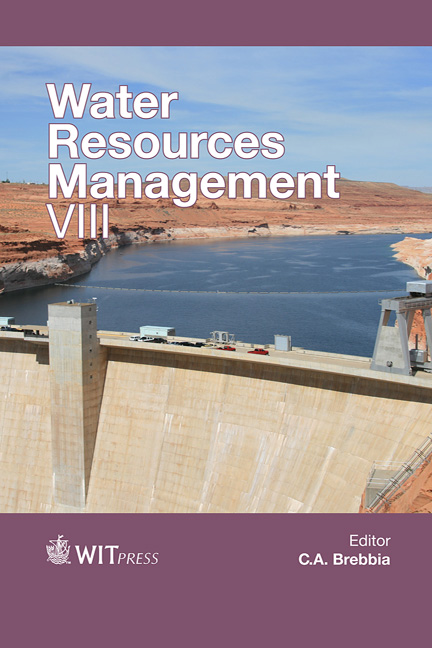Integrated Geophysical And Geochemical Methods For The Environmental Assessment Of Active Smelter Operations And Abandoned Mines In Karabash, Ural Mountains, Russia
Price
Free (open access)
Transaction
Volume
196
Pages
11
Page Range
459 - 469
Published
2015
Size
346 kb
Paper DOI
10.2495/WRM150391
Copyright
WIT Press
Author(s)
T. Korneeva, P. Aminov, D. Kucher
Abstract
Karabash is located in the Chelyabinsk district of the South Urals of Russia. Mining is known to have occurred in the Urals for at least 3000 years, but was greatly intensified in the early to mid-20th century. Karabash was described in 1992 by the United Nations Environment Programme as one of the most polluted towns in the world. Multipurpose studies of the Karabash mine wastes allowed the determination of the composition of the wastes, the acid mine drainages, and the affected groundwater. The authors determine the composition of an acid mine drainage, evaluate dominant geochemical processes controlling the composition, and assess dissolved metal speciation and saturation indexes using a combination of laboratory, field and modelling studies. Geophysical sounding techniques were used to trace the geoelectric zoning of the wastes, expressed as a consistent change of the electrical resistivity specific electrical resistance from zone to zone. Layers with low resistivity indicate areas with pore spaces filled by highly mineralized solutions. These layers extend to depths of 1–15 m, indicating the penetration of toxicants into the groundwater horizon. The pollution of groundwater was confirmed by chemical analysis, according to which the concentrations of Zn, Pb, Ni, Cu and Cd in water samples from the wells are two to three orders of magnitude higher than the maximum permissible concentration.
Keywords
acid mine drainage, heavy metals, mine wastes, mixing zone, electrical resistivity, groundwater pollution





